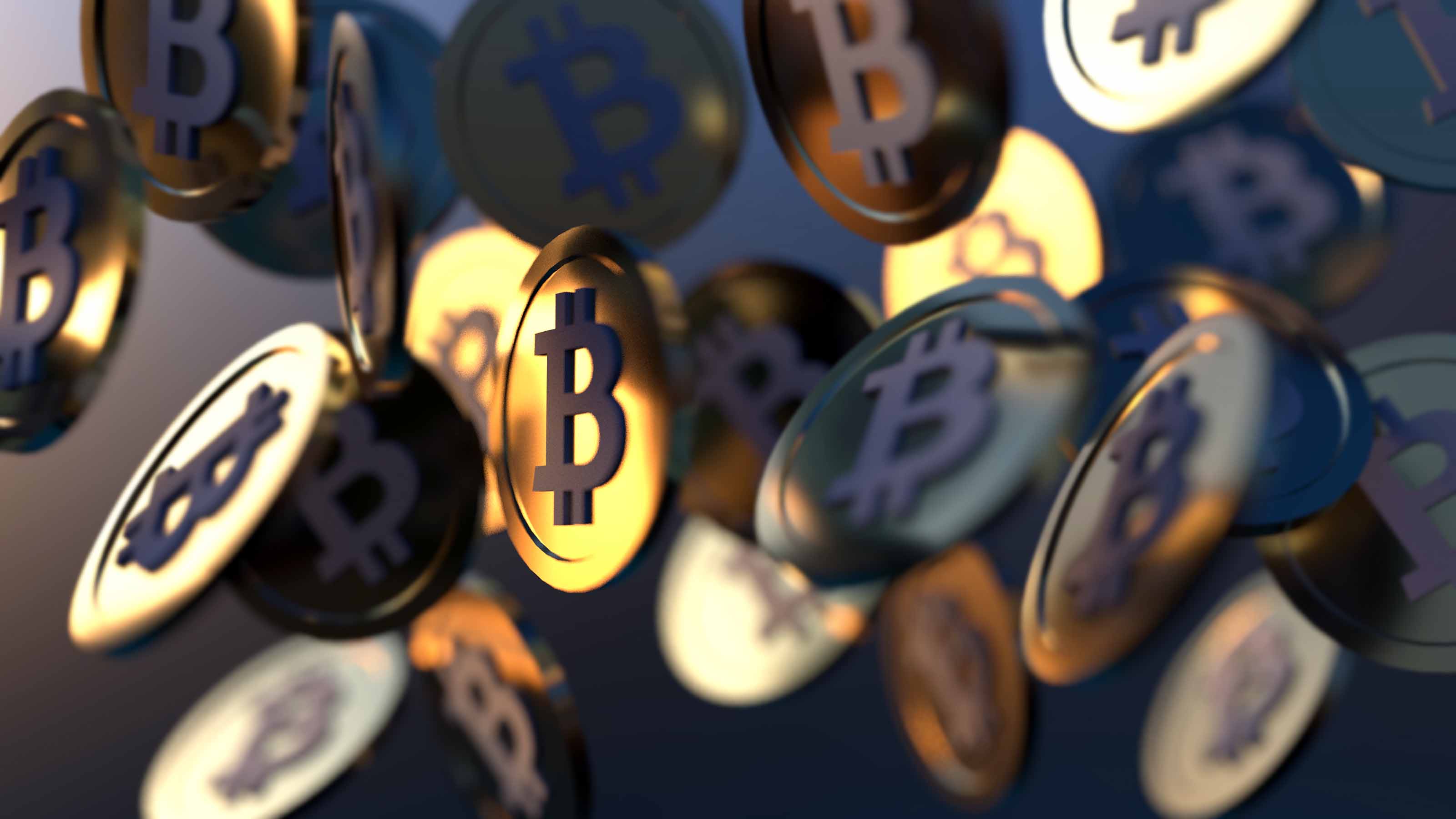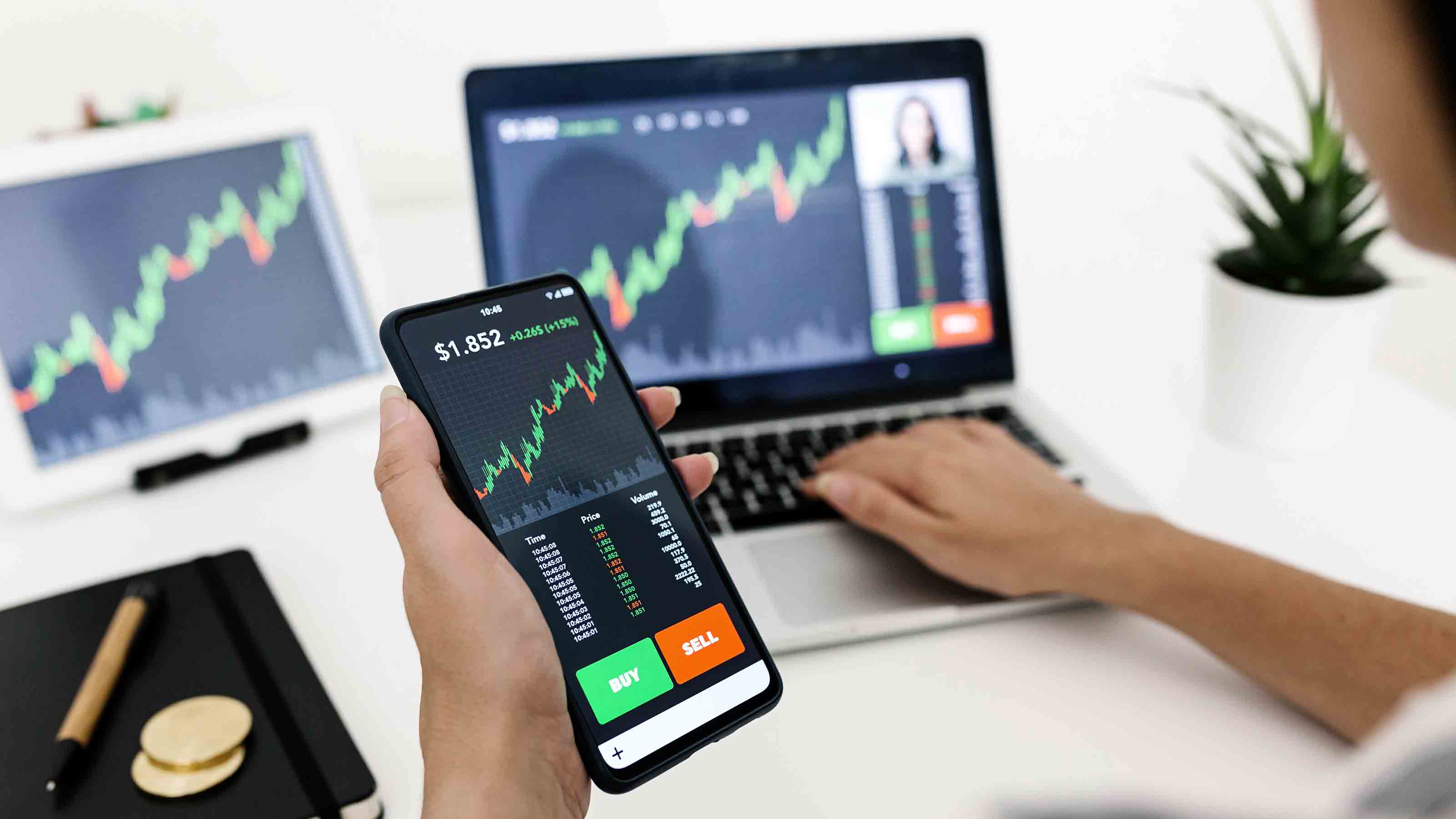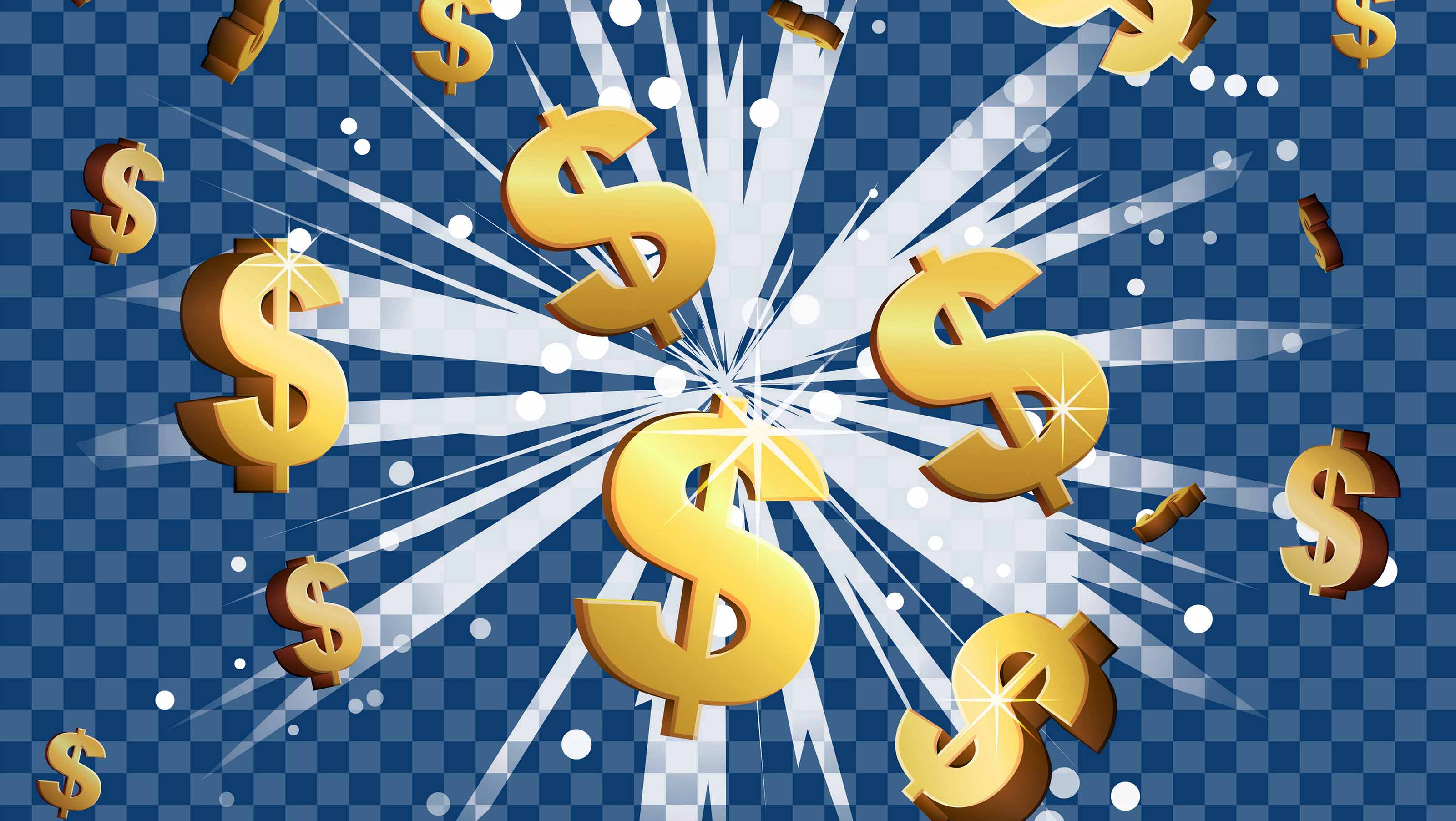Just How Pricey Is This Stock Market?
Let’s put the S&P 500’s P/E ratios under a magnifying glass.


Even with this year’s surging corporate profits, the Standard & Poor’s 500-stock index is trading at historically sky-high price-to-earnings ratios. Many “experts” seem to agree that the stock market is monstrously overpriced.
But maybe it’s not.
Let’s look at P/E ratios and see where we really are. Price-to-earnings, for the uninitiated, is simply a stock’s share price divided by its earnings per share. This ratio provides a straightforward measure of how cheap or dear stocks are. But the confusion starts because there are several different varieties of P/E ratios.

Sign up for Kiplinger’s Free E-Newsletters
Profit and prosper with the best of expert advice on investing, taxes, retirement, personal finance and more - straight to your e-mail.
Profit and prosper with the best of expert advice - straight to your e-mail.
Start With the Shiller P/E
Conceived by Nobel economist Robert Shiller, it calculates the market’s P/E based on the average of inflation-adjusted earnings over the past 10 years. Shiller, a Yale professor, calls this a cyclically adjusted P/E (CAPE) ratio because it smooths out the peaks and valleys in earnings during the economic cycle.
The Shiller P/E is currently 32.3. That’s slightly lower than the record high of 33.2 set in January since at least 1880 (when Shiller’s records begin), with one exception: the tech bubble in 2000. And we all know how that movie turned out. In December 1999, the Shiller P/E crested at 44.2. Before the 1929 crash, it hit a high of 30. The median Shiller P/E is 17 — about half current levels. That, in a vacuum, suggests a 50% bear market is at least possible.
Just one problem: The Shiller P/E has been flashing “Sell!” without interruption since the early 1990s, except for a brief period at the end of the 2007-09 bear market. Critics also argue that S&P 500 earnings during the 2007-09 selloff were so depressed that they still distort the current Shiller P/E readings.
Forward and Trailing Operating Earnings
Most professional stock pickers look at P/Es based on the consensus of analysts’ estimates of operating earnings for the coming 12 months (known as forward earnings). That forward P/E for the S&P 500 stands at 16.9; since 2000, which is as far back as forward P/Es have been calculated, the average has been 15.9 – about 6% lower from today’s reading.
We can look a little rather back via operating earnings for the preceding 12 months (trailing earnings). The S&P 500 trades at 19.3 times trailing operating earnings. Since 1988, the average P/E on trailing earnings has been 17.4 — or 11% lower than today.
But there’s a problem with P/Es based on operating earnings. Although they’re valuable for stockpickers, operating earnings exclude all manner of “one-time charges.” Critics sometimes describe operating earnings as “earnings before bad stuff” – of course, sometimes a company can benefit from one-time boosts to earnings, too. And while they might be outliers, they still very much contribute (or detract from) companies’ actual profitability.
GAAP Earnings
A perhaps fairer way to look at the stock market is to examine earnings computed using generally accepted accounting principles (GAAP). On GAAP earnings, the S&P currently changes hands at 22.8 times trailing earnings. GAAP earnings also have the benefit of being calculated, albeit with changes in the standards, since 1946. The average P/E since then has been 16.7. That’s a whopping 36% lower than they are today.
So, the stock market is just modestly overpriced using operating earnings and very overpriced using trailing GAAP earnings.
In my view, trailing GAAP earnings give the clearest picture of how much the stock market is paying for a dollar’s worth of earnings.
But there’s one more factor to consider, says Sam Stovall, chief investment strategist for CFRA Research: inflation. When inflation has been higher, P/Es have tended to be lower and vice versa.
Inflation today is rising but still is at a relatively low level, roughly 2.3%. “Inflation and price-to-earnings ratios are like an old-fashioned scale,” Stovall says. “Normally when inflation levels are this low, P/Es are high. As inflation creeps up, P/Es decline.”
When inflation, as measured by the core consumer price index, has been 2.3% since 1957, the market’s P/E based on trailing GAAP earnings has averaged 24. That turns out to be just about where we are today.
It makes sense to me to include inflation in P/E calculations. The lower the rate of inflation (and interest rates), the higher future corporate earnings per share are likely to be. The problem for investors today is that inflation is rising, which ultimately should spark a market selloff. But for now, relatively low inflation tells me that the stock market’s P/E ratio isn’t flashing any danger signals.
Steve Goldberg is an investment adviser in the Washington, D.C., area.
Get Kiplinger Today newsletter — free
Profit and prosper with the best of Kiplinger's advice on investing, taxes, retirement, personal finance and much more. Delivered daily. Enter your email in the box and click Sign Me Up.

-
 Designing Your 'Immortal' Financial Plan
Designing Your 'Immortal' Financial PlanExplore an approach that offers solutions for those navigating the intersection of longevity, fulfillment and financial security.
By Dennis McNamara
-
 How to Protect Your Privacy While Using AI
How to Protect Your Privacy While Using AIHow to keep your information and finances safe while using AI, including ChatGPT and Perplexity.
By Bob Haegele
-
 ESG Gives Russia the Cold Shoulder, Too
ESG Gives Russia the Cold Shoulder, TooESG MSCI jumped on the Russia dogpile this week, reducing the country's ESG government rating to the lowest possible level.
By Ellen Kennedy
-
 New Ways to Invest in Bitcoin
New Ways to Invest in BitcoinBecoming an Investor ProShares Bitcoin Strategy and other ETFs offer an easier way to gain bitcoin exposure than buying the actual cryptocurrency.
By Nellie S. Huang
-
 How to Cash In on Sports Gambling
How to Cash In on Sports GamblingBecoming an Investor Some 27 states have launched sports-betting markets, 11 of them online. Another five have passed laws to do so.
By James K. Glassman
-
 3 New-Investor Myths That Need Busting
3 New-Investor Myths That Need BustingBecoming an Investor Preconceived notions that new investors are uninformed risk-takers are misguided. Forget games and cynicism; they need support and guidance.
By Jonathan Craig
-
 Namaste Invested: Look to Yoga to Build Your Wealth
Namaste Invested: Look to Yoga to Build Your WealthInvestor Psychology It’s uncanny how the principles of yoga apply to financial success. Here are five elements of yoga that are particularly useful for personal wealth.
By Kathleen Kenealy, CFP®, CPWA®
-
 These 2 Emotional Biases Could Kill Your Retirement
These 2 Emotional Biases Could Kill Your RetirementInvestor Psychology Are your emotions sabotaging your retirement plans? Some basic knowledge and careful introspection can go a long way toward avoiding deadly pitfalls.
By Jack Gelnak, JD, AIF®
-
 Should Investors Brace for Late-Summer Volatility?
Should Investors Brace for Late-Summer Volatility?investing Many market strategists are predicting a shaky next few months of market action. Here's how to mentally steel yourself.
By Callie Cox
-
 I Still Like the Trillion-Dollar Stocks
I Still Like the Trillion-Dollar StocksBecoming an Investor Unlike the highfliers of the late 1990s, these trillionaires make tons of money.
By James K. Glassman